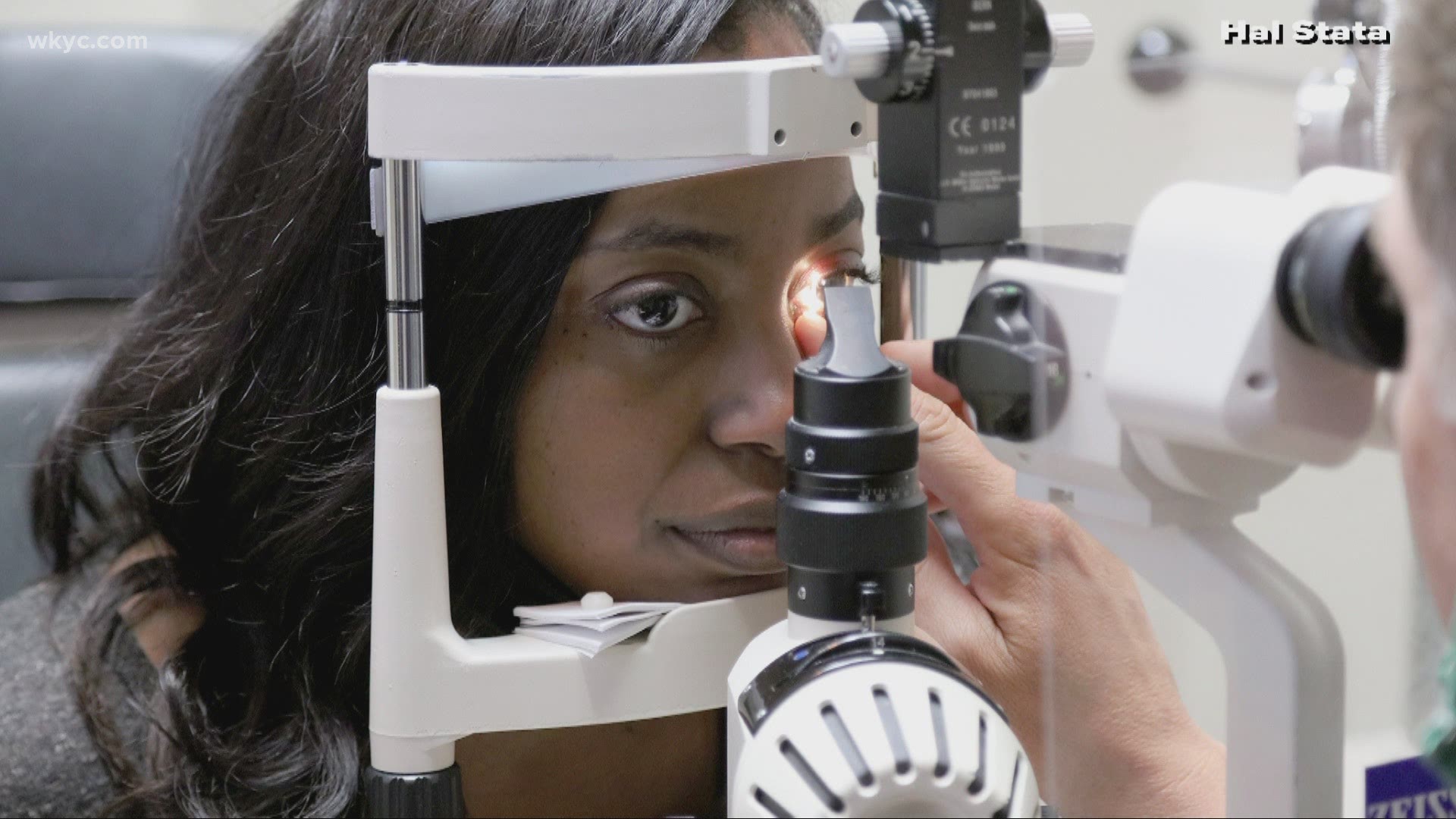BRECKSVILLE, Ohio — The use of face masks is our new norm and now considered essential for the prevention and spread of COVID-19, but doctors say they are starting to see a problem on the horizon known as mask-associated dry eye, which is also being called MADE.
The American Refractive Surgery Council, which helps consumers make informed choices about their vision, reported an uptick in LASIK procedures – 16.3 percent year-over-year – in the last quarter of 2020, according to a press release.
“Contact lenses are great, but they are a risk of infection or bacterial infections can get into the contact and into the eyes. Same thing with viruses," says Dr. William Wiley with Clear Choice Custom LASIK in Brecksville. "So the coronavirus could be transmitted that way, so a lot of patients decided this is the time to invest in LASIK."
What is happening to many is air blows upward from the top of the mask into your eyes. Health officials say this can cause red eyes, contact lens intolerance and ocular inflammation.
I was one of those patients suffering, but it was what I found out that scared me the most.
“Those contacts in your eyes were causing infections, so we saw about 18 tiny little scars within your eyes that were all micro infections,” Dr. Wiley said. "Thankfully, it didn't cause any visual effect for you."


Dr. Craig See, M.D., cornea specialist at the Cleveland Clinic, added that screen time also plays a role.
“It’s hard to separate out how much of it is computer time, screen time vs. how much of it's the mask, but both are probably contributing to some dry eye."
Editor's note: Video in the player above was originally published on April 7, 2021.

